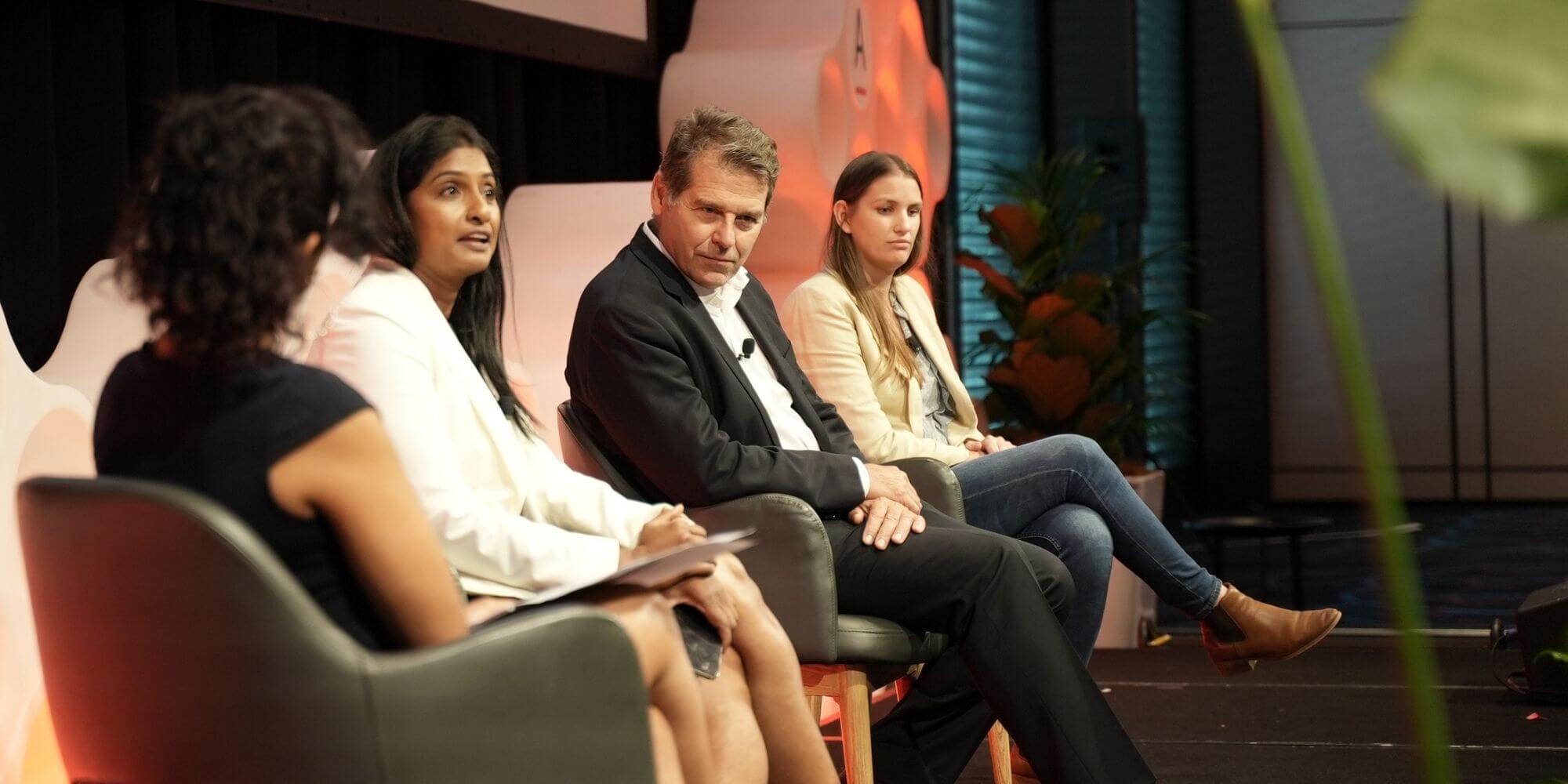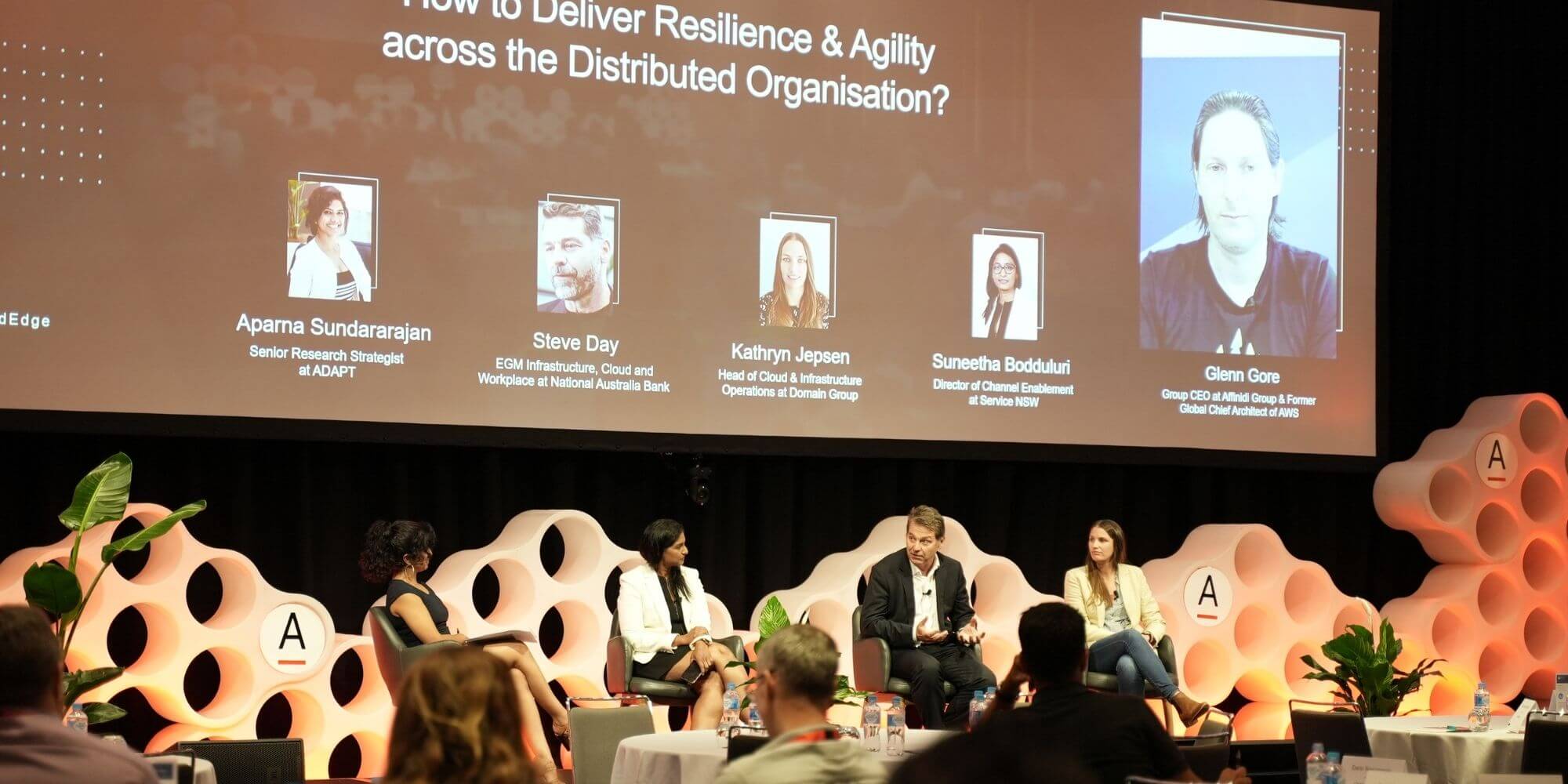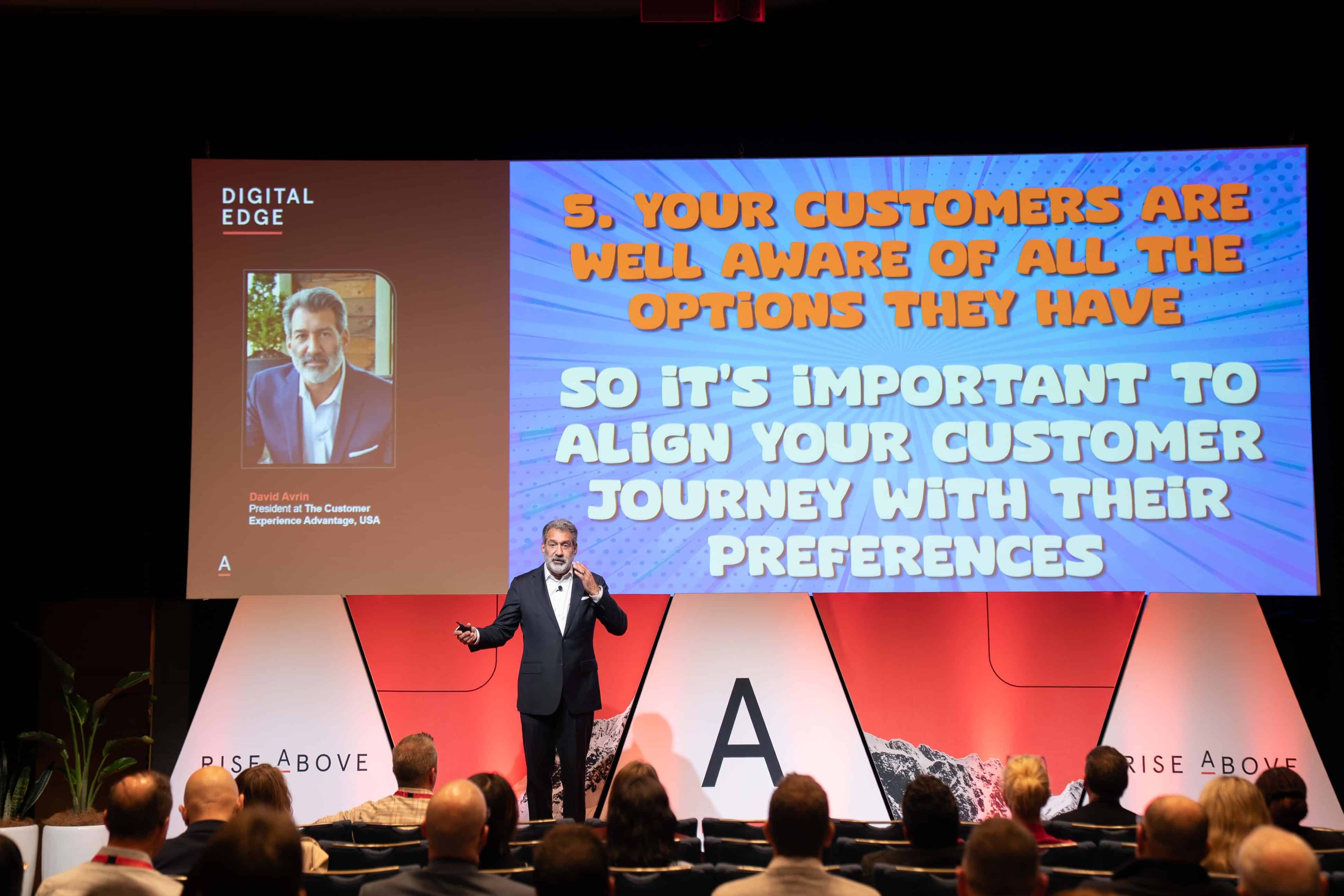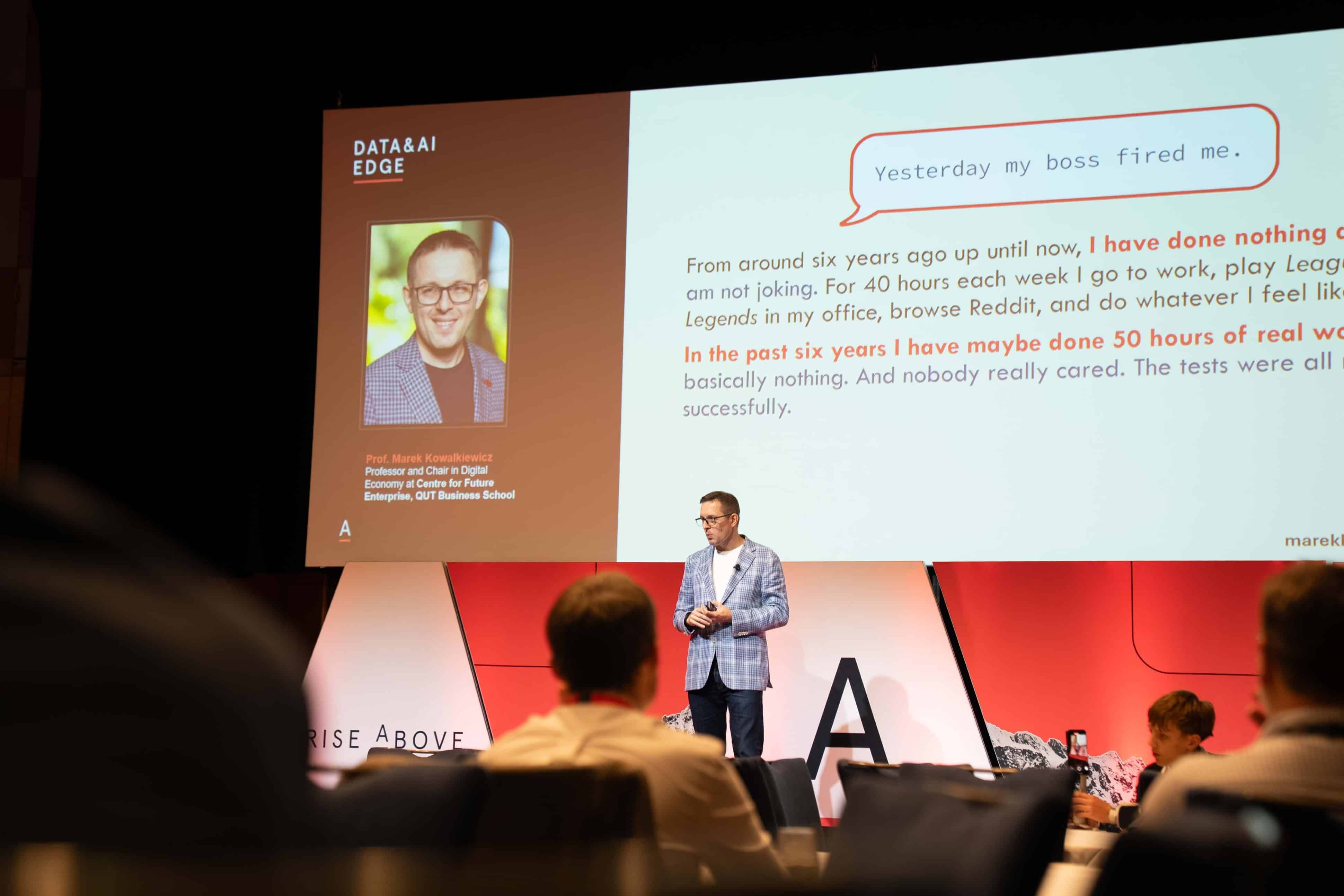How Australia’s Top Infrastructure Leaders Are Delivering Resilience and Agility Across Distributed Organisations
Global and local infrastructure leaders from Affinidi Group, National Australia Bank, Domain Group, and Service NSW debate key strategies for architecting an interconnected and agile digital infrastructure.ADAPT’s 2022 data reveals that local organisations will continue to have over 53% of their staff WFH indefinitely by 2023.
Technology has been the glue keeping business together, putting infrastructure leaders at the core of every organisation’s ability to respond and recover.
The challenges that lie ahead for infrastructure leaders are new architecture considerations for a remote-first policy and balancing the optimisation and modernisation of existing technology investments.
At ADAPT’s CCDC Edge Event under the moderation of ADAPT’s Senior Research Strategist, Aparna Sundararajan, global and local infrastructure leaders from Affinidi Group, National Australia Bank, Domain Group, and Service NSW debate key strategies for architecting an interconnected and agile digital infrastructure.
To unlock the full keynote video and access an entire catalogue of ADAPT’s expert presentations, localised research, case studies, downloadable data and community interviews, speak with a Senior Research Consultant today.
Transcription:
Aparna Sundararajan:
Let’s talk about creating this digital infrastructure that we have spoken about and discussing. I remember first tracking it in 2008. We are still talking a lot about the same challenges. A lot of organisations are still in the initial phases of the journey.
But all of you have been able to successfully execute the strategy. I’d like to start by asking a straightforward question as to has the narrative around cloud changed? It started as a cost-saving initiative. Has it shifted?
Suneetha Bodduluri:
Maybe I’ll start with my journey towards the cloud and how it has shifted towards it. Our journey, especially for Service NSW, started about a few years ago with the typical problem of scalability, agility and also availability.
About four years ago, when we were looking at the journey, it started with the specific problem statements to see what we can do. Then, we went and picked up a product that is a very high transactional volume from this stage.
At the same time, it had a lot of customer impact, and we tried that on one of the public clouds. That cloud journey was successful. That built the basis of my entire life journey for the cloud migration program.
Steve Day:
It’s a really interesting question because I’ve seen so many IT executives fail on that cost-saving initiative. After all, they think about it all wrong.
Cloud doesn’t save you a lot of money – server for server replacement. That’s where a lot of people think that it will, and it just doesn’t.”
It saves you a lot of money because it creates a platform of innovation that enables you to work quickly in getting new technologies, build new frameworks out, new platforms out, that through an agile approach, improve the business dramatically. That’s where the savings come through.

Kathryn Jepsen:
The cost savings have diminished if you stack up the many service providers today regarding public cloud, private cloud offerings. My first rodeo was with a public cloud commencing back in 2014.
We were quite an early adopter and a financial services company. We did achieve some cost out because we paid back then $3 per gig storage a month. We’re in the cents now and even fractions of a cent.
We were able to drive some significant cost out. That is eroded over time. If that’s the conversation, if you’re embarking on your cloud journey for the first time around, trying to get executive buy-in, then there’s going to be some nasty surprises.
You need to see cloud as an innovation enabler for your organisation. I’m sure everyone’s got a customer–centric journey there, and you need to be able to scale your company rapidly. Cloud enables you to do that.”
You’re not waiting weeks or months for the provisioning of services. What’s happening in microseconds now as demand for your consumers is coming online.
Glenn Gore:
It‘s not about pure TCO (Total Cost of Ownership) cost. It was around in the early days around availability to new tech.
The first public cloud service ever was S3, an object file storage system that just didn’t exist. There was no precursor to it. We all dealt with files or any block-based storage.
This was the first publicly available object-based store, and developers started building fundamentally different applications on top of that. That just expanded over time to the hundreds and hundreds of services that are here today.
It’s evolved to that people have access to skills, and it attracts the best talent in ways that if you are stuck on legacy infrastructure, operating models, governance, you’re not going to attract the best talent.
That problem is getting harder and harder as every year goes by.
You’ve got to be using the right technology to attract the best talent into that organisation. That creates a flywheel of agility.”
If you do that, well, cost savings drop out of it. But it’s not cost savings in direct comparisons. You can’t compare it server to server. It is very much an apples and oranges comparison.
To unlock the full keynote video and access an entire catalogue of ADAPT’s expert presentations, localised research, case studies, downloadable data and community interviews, speak with a Senior Research Consultant today.































